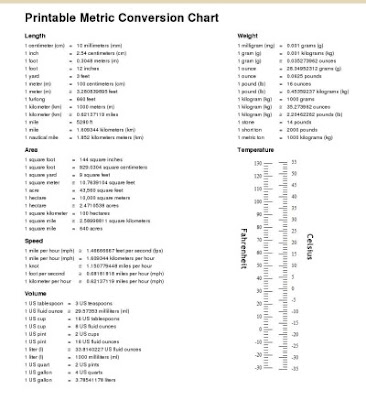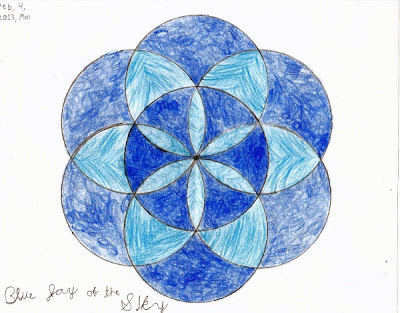Adding 2-digit numbers
Just today I made my dd some more math problems with adding 2-digit numbers - the easy type where you don't have to carry. She's getting it now pretty good.
I always talk about adding so many tens to so many tens so she won't forget it's about adding tens and adding ones. Somehow she's doing the tens first, then the ones, and she tends to say, after adding tens:
52
+ 37

8
"Oh, it's going to be eighty-something."
You know, that's the way many people add numbers mentally: 52 + 37, we add tens first and get 80. Then add ones.
Even with 46 + 36, you probably add tens first and get 70, then add ones and go over to 82.
So a thought hit my mind: one day I will present to her a problem where the ones make a ten, such as
26
+ 34

Is she going to get an answer fifty-ten?
Well, that's what it is, basically. We just need to recognize that's not the normal way of saying it but that we need to add that ten to the fifty so it becomes sixty.
Anyway, I really feel I'm going to experiment with something like that soon. And I wonder if doing it this way would make it more obvious why we need to 'carry'.
You see, if you first add the ones, you don't really yet know what you're coming to and so the whole addition is more 'uncertain'.
26
+ 58

14
Maybe the child adds ones and gets 14, and feels perfectly happy about that.
But if you add tens first and are expecting a single-digit number, would it make it easier to grasp that the tens number needs to change??
Or, here's one more 'variation':
26
+ 58

14
Then add tens... get seventy... and erase the one of the 14 and replace it with 8. This, of course, would just be an alternate way of 'carrying'.
26
+ 58

84
What do you think? Or maybe it's a matter of, well it won't matter too much whichever way, as long as the end result is the same and we learn our math.
Tags: math, elementary
I always talk about adding so many tens to so many tens so she won't forget it's about adding tens and adding ones. Somehow she's doing the tens first, then the ones, and she tends to say, after adding tens:
52
+ 37
8
"Oh, it's going to be eighty-something."
You know, that's the way many people add numbers mentally: 52 + 37, we add tens first and get 80. Then add ones.
Even with 46 + 36, you probably add tens first and get 70, then add ones and go over to 82.
So a thought hit my mind: one day I will present to her a problem where the ones make a ten, such as
26
+ 34
Is she going to get an answer fifty-ten?
Well, that's what it is, basically. We just need to recognize that's not the normal way of saying it but that we need to add that ten to the fifty so it becomes sixty.
Anyway, I really feel I'm going to experiment with something like that soon. And I wonder if doing it this way would make it more obvious why we need to 'carry'.
You see, if you first add the ones, you don't really yet know what you're coming to and so the whole addition is more 'uncertain'.
26
+ 58
14
Maybe the child adds ones and gets 14, and feels perfectly happy about that.
But if you add tens first and are expecting a single-digit number, would it make it easier to grasp that the tens number needs to change??
Or, here's one more 'variation':
26
+ 58
14
Then add tens... get seventy... and erase the one of the 14 and replace it with 8. This, of course, would just be an alternate way of 'carrying'.
26
+ 58
84
What do you think? Or maybe it's a matter of, well it won't matter too much whichever way, as long as the end result is the same and we learn our math.
Tags: math, elementary


Comments
"The Egyptians had a bases 10 system of hieroglyphs for numerals. By this we mean that they has separate symbols for one unit, one ten, one hundred, one thousand, one ten thousand, one hundred thousand, and one million."
In other words, while it wasn't a place value system where the position of a symbol would determine its value, it was based on ten.
I thought that was interesting. So not everything back then was based on 60.
Egyptian Numerals
I guess these sorts of systems served mankind just fine during ancient times but to be able to have the modern advances in science and be able to do some serious calculations, one certainly needed zero as placeholder and the place value system.
I guess you could say that without the humble zero, we couldn't have TVs, cars, computers, or this blog.